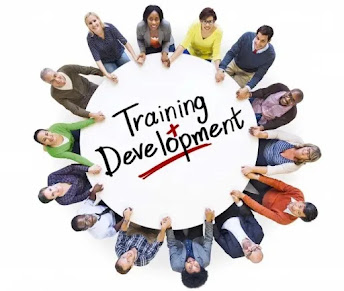8)HRM role in Grievance Handling and Redressal
What is grievance handling
A grievance is any dissatisfaction or feeling of injustice having connection with one’s employment situation which is brought to the attention of management. Speaking broadly, a grievance is any dissatisfaction that adversely affects organizational relations and productivity. To understand what a grievance is, it is necessary to distinguish between dissatisfaction, complaint, and grievance.
“Grievance is any dissatisfaction or feeling of injustice in connection with one’s employment situation that is brought to the attention of management.” – Dale S. Beach
various sources of grievances
Grievances
resulting from Poor Working Conditions:
- Workplace’s poor physical condition
- The mismatch
between Job and Workers
- Changes in pre-planned Schedules & procedures
- Non- availability of proper tools and equipment
Grievances
resulting from Management Policies:
- Improper
wage revisions
- Lack of
career growth opportunities
- Untimely
transfers, demotions, and terminations
- Employee-Job role misfit
Grievances
resulting from Interpersonal factors:
- Autocratic
superiors
- Peer
conflicts
- Poor team
spirit
Employee Grievance Handling - Effects
Grievance which indicates discontent and dissatisfaction among employees adversely affects their productivity. In other words, by not initiating timely action to deal with grievance, the organisation tends to lose the productive efforts of the discontented employee. It is indeed unrealistic to assume that an aggrieved or dissatisfied employee will put his or her best efforts on the job. The redressal of the employees’ grievances, therefore, assumes importance.
Following are some effects of grievance handling:
1. It encourages employees to raise concerns without fear of reprisal.
2. It provides a fair and speedy means of dealing with complaints.
3. It prevents minor disagreements developing into more serious disputes.
4. It saves employers time and money as solutions are found for workplace problems. It helps to build an organizational climate based on openness and trust.
5. It is a channel for an aggrieved employee to express and present his grievance.
6. It is an assurance for dispassionate handling of one’s grievance.
7. It provides assurance about the availability of some machinery for prompt handling of grievance.
8. It is a means by which an aggrieved employee can release his feelings of discontent or dissatisfaction with his/her job.
.jpg)



.jpeg)

If the employees are worried about the company, it will affect the production of the company. Author clearly describe that issue.
ReplyDeleteTrue Ms Meshika. Thank you for the comment.
DeleteTo identify employees' grievances more easily there is a theory adopted by Kubler-Ross named Five Stages of Transition Cycle. The five stages of the Kübler-Ross curve model are; denial, anger, bargaining, depression, and finally, acceptance. Knowing the grievance stage is important to connect with the affected person closely and attend to their concerns.
ReplyDeletegrievance procedure provides employees with a mechanism to resolve issues of concern.Grievance procedure may also help employers correct issues before they become serious issues or result in litigation.Thank for your information Mr Nandun.
DeleteDo you believe that every organization need a effective grievance policy?
ReplyDeleteYes Ms Banu. grievance procedures tells a clear rules to deal with difficulties which may grow as part of the working relationship from either the employer or from the employee’s .
DeleteAs you indicated, managing employee complaints or dissatisfaction is known as grievance handling.
ReplyDeleteThere are three ways to handle complaints.
Individual Complaints
Group complaints
Union complaints
Approach the problem with a peaceful state of mind sets the foundation for effective complaint handling.Thank for your Feedback Mr Aruna.
Delete